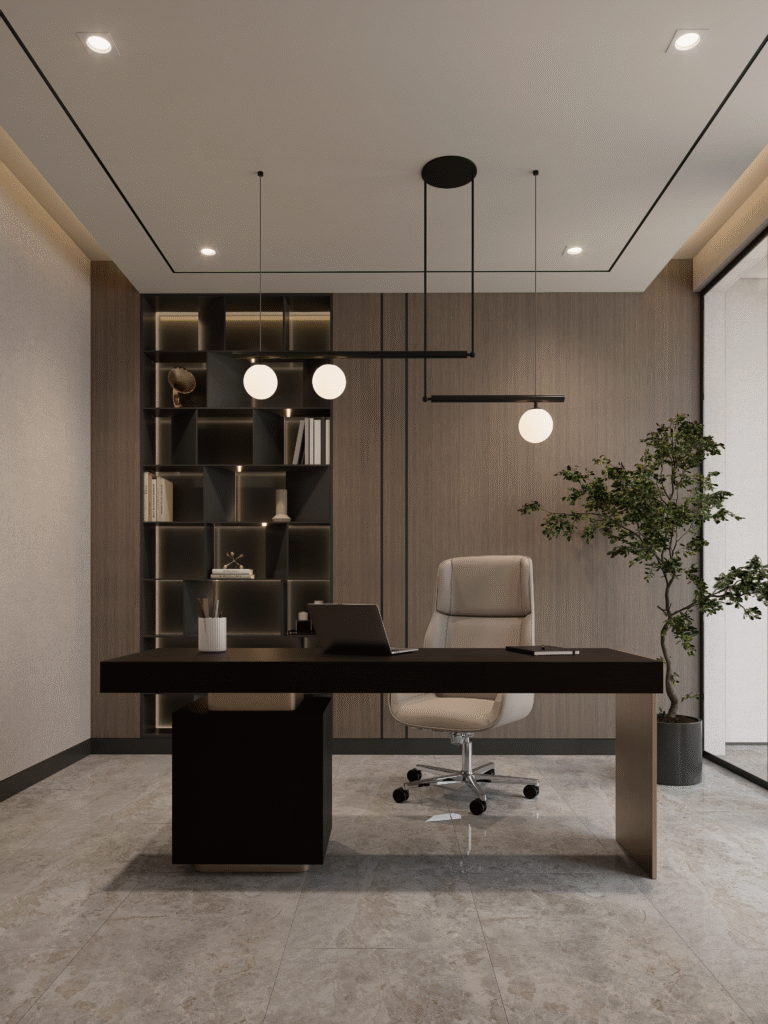
A small room doesn’t always have to feel small. Sometimes, all it takes is using one wall with purpose—whether through color, texture, or a thoughtful focal element. You can create a visual anchor that immediately expands the sense of space.
With the right touch, that single wall can do the heavy lifting, showing how thoughtful design can bring character, balance, and a sense of openness that goes far beyond the room’s size.
#SmallRoomBigImpact #ThoughtfulDesign #VisualAnchor
